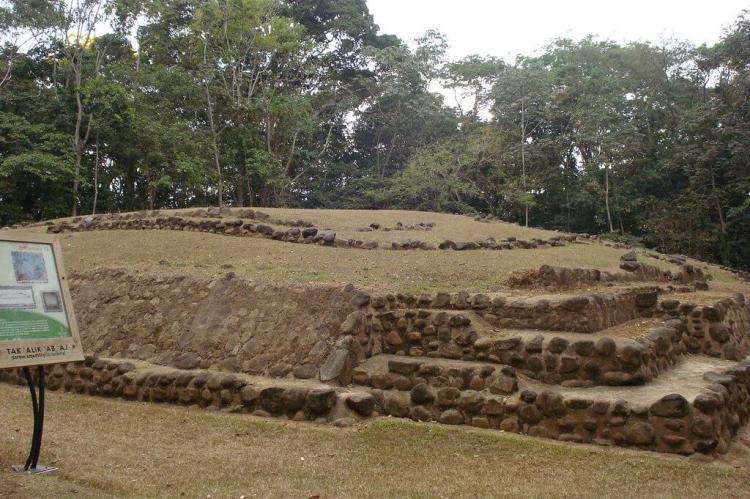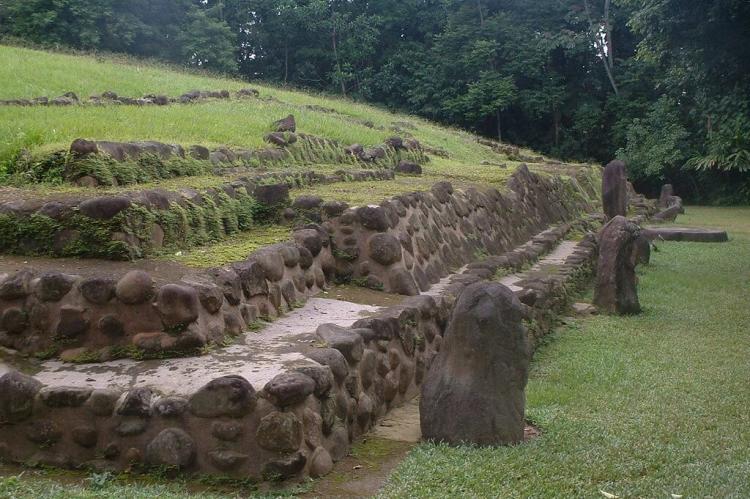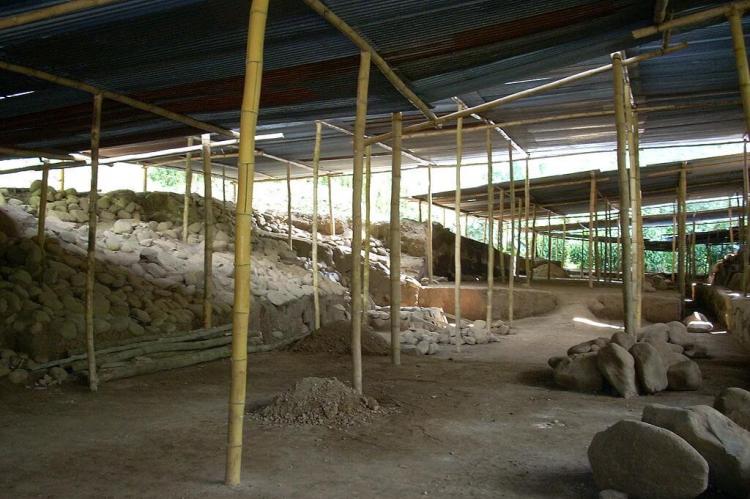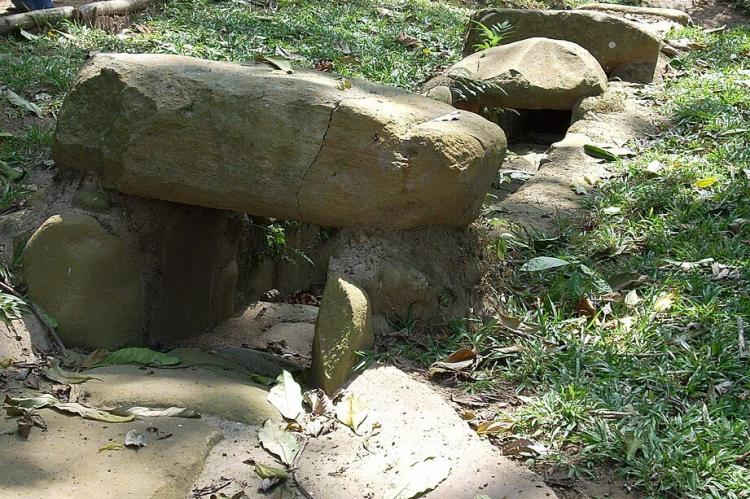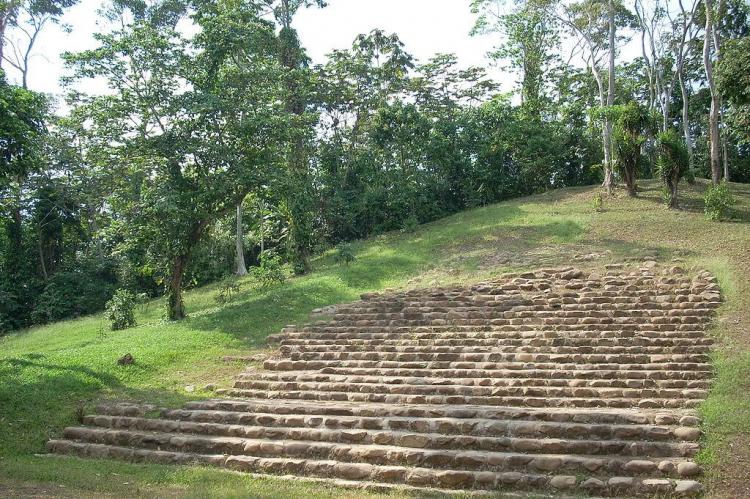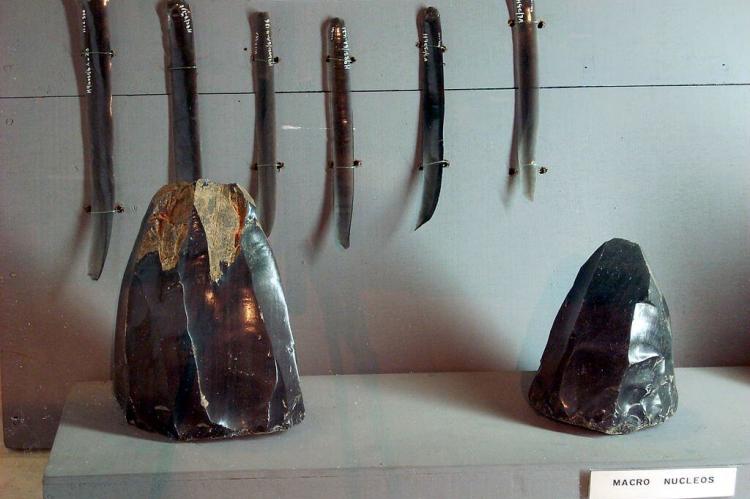Tak'alik Ab'aj National Archaeological Park (Guatemala)
Tak'alik Ab'aj is a pre-Columbian archaeological site located in southwestern Guatemala. The city was a commercial hub between the Guatemalan Highlands and the Pacific coast. It is one of several Mesoamerican sites with both Olmec and Maya features.
Tak'alik Ab'aj
Tak'alik Ab'aj National Park surrounds a pre-Columbian archaeological site in southwestern Guatemala within El Asintal, Department of Retalhuleu. The site is representative of the first blossoming of Maya culture that had occurred by about 400 BC.
The archaeological site also contains one of the most significant concentrations of Olmec-style sculptures outside the Gulf of Mexico region. It is one of several Mesoamerican sites with both Olmec and Maya features.
Tak'alik Ab'aj was a commercial hub between the Guatemalan Highlands and the coastal area of the Pacific Ocean. The city was situated at approximately 600 m (1,968 ft) asl in the well-drained slopes of the volcanic Sierra Madre mountains along the Pacific coast. It featured a sophisticated water drainage system.
Its location is at a natural and strategic point that cuts through the mountains and leads to the highlands. Its location was most likely deliberately selected to allow Tak'alik Ab'aj to function as the connection point in the network of trade prevailing in this area.
As a result of its location, there is an indication that the city flourished from the 9th century BC through to at least the 10th century AD as an important important center of commerce.
Takalik Abaj was one of a series of early sites on or near the Pacific coastal plain that were important commercial, ceremonial and political centers. It prospered from the production of cacao and from the trade routes that crossed the region. At the time of the Spanish Conquest in the 16th century, the area was still crucial for its cacao production.
Tak'alik Ab'aj includes a Maya royal tomb, examples of Maya hieroglyphic inscriptions that are among the earliest from the Maya region, and a wealth of sculptured monuments. Excavation is continuing at the site.
The core of the archaeological site covers about 6.5 sq km (2.5 sq mi) and includes remains of some 70 monumental structures positioned around a dozen plazas.
Takalik Abaj has two ballcourts and over 239 known stone monuments, including impressive stelae and altars. The granite used to make monuments in Olmec and early Maya styles dramatically differs from the soft limestone used in the Petén cities.
The site is also noted for its hydraulic systems, including a temazcal or sauna bath with underground drainage and Preclassic tombs found in excavations from the late 1990s onward.
When Takalik Abaj was at its greatest extent, major architecture in the city covered an area of approximately 2 x 4 km (1.2 x 2.5 mi). However, the space occupied by residential construction has not been determined.
